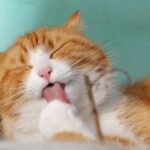Long before the familiar lions and cheetahs roamed the open savannas, there was a cat whose world looked very different. Imagine a dense, tangled forest, sunlight barely filtering through the canopy, where shadows danced and the air was thick with mystery. This was the home of a true feline ancestor—one that hunted with patience and stealth among the trees, not in the wide-open grasslands we usually picture. Its life was a constant game of hide and seek, relying on cover and silence rather than speed and spectacle. The story of this prehistoric forest cat is full of secrets, surprises, and lessons about how adaptable and extraordinary cats have always been. Let’s step quietly into those ancient woods and discover a side of feline history that feels both wild and wonderfully familiar.
A Cat Built for Shadows
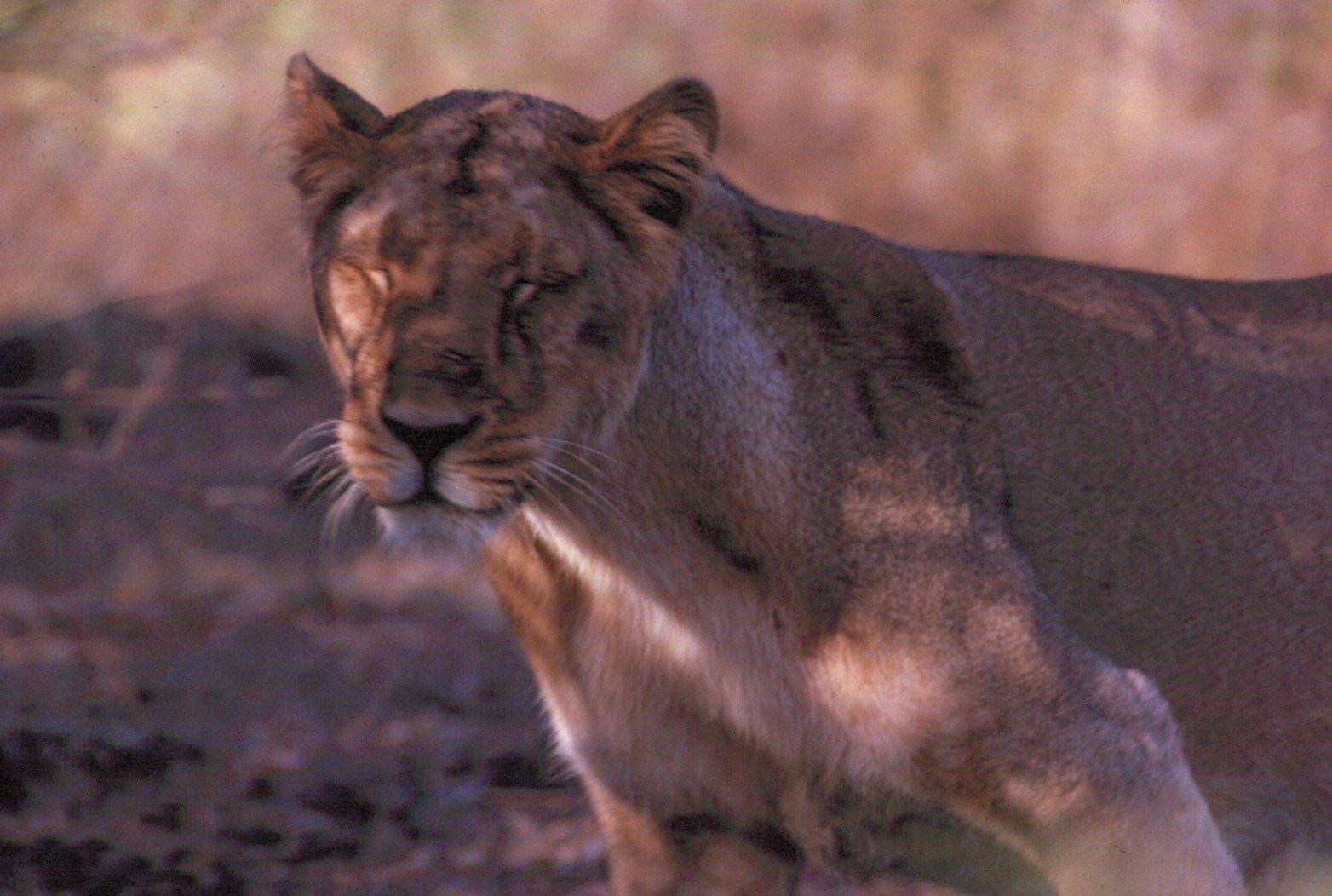
Unlike today’s cheetahs or lions, this prehistoric cat didn’t need to sprint across open land. Instead, it was made for the shadows. Its limbs were sturdy and slightly shorter, perfect for crouching low and moving quietly over tangled roots and fallen leaves. Its fur may have been dappled, helping it blend into the patchwork of sunlight and shade. Imagine the patience it took, waiting under broad ferns or behind mossy logs, every muscle coiled for the right moment. This cat’s world was a whispering place, where stealth mattered more than speed. Living in forests meant it relied on ears, eyes, and silent paws, making it a master of surprise. The forest was both its refuge and its hunting ground, shaping every part of its body and behavior. Even now, some of our house cats’ habits echo those ancient, shadow-loving felines.
Eyes Made for Twilight
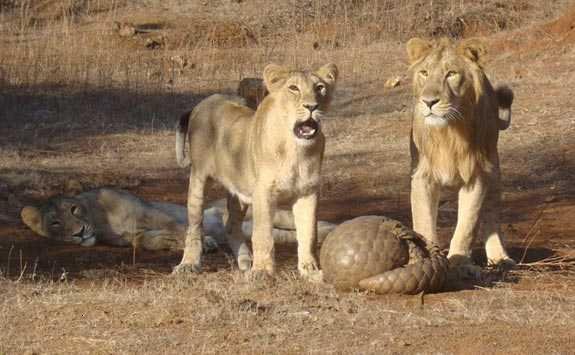
Picture the gloom of a forest at dusk—the time when this cat truly came alive. Its eyes were likely wide and sensitive, able to catch the faintest glimmer of movement in the half-light. This adaptation was a superpower, letting it stalk prey when others could barely see. The world between day and night, when everything is tinted blue and gray, was its playground. Today, you might notice your own cat’s pupils ballooning at dusk—that’s a living memory of these twilight hunters. For the prehistoric forest cat, this gave it an edge over both prey and rivals. Each hunt was a silent ballet, guided by vision tuned to the exact moment when birds settled and rodents scurried in the undergrowth. That haunting feline gaze? It’s a gift from ancestors who ruled the shadows.
Paws That Whisper

Forest floors can be noisy—a carpet of dry leaves, twigs, and crunchy bark. Yet this cat moved almost soundlessly. Its paws were padded and broad, spreading its weight just enough to muffle footsteps. The claws retracted completely, hidden away until needed, ensuring nothing snagged or scraped. This quiet was its secret weapon: a soft ghost in a noisy world. Modern house cats still have this gift, tiptoeing up on toys or unsuspecting ankles. For the prehistoric woodland cat, this meant the difference between dinner and going hungry. Every step was a careful calculation, a dance between stillness and motion. It’s humbling to realize how much of this ancient skill we still see in our feline friends when they prowl around the living room at midnight.
A Tail Like a Rudder

Moving through dense undergrowth isn’t easy—you need balance, agility, and quick reflexes. The prehistoric forest cat’s tail was long and thick, acting like a counterweight or rudder. It helped the cat twist and turn in midair, leap between low branches, or recover after a slip. This tail wasn’t just for show; it was a vital tool, as important as sharp teeth or claws. When you watch a modern cat thread its way along a fence or balance on a narrow windowsill, you’re seeing a bit of ancient forest magic in action. The tail kept the ancestor cat safe from falls and ready for sudden bursts of speed if prey made a desperate dash. It’s a small detail, but it’s one of those things that makes cats seem almost supernatural in their grace.
The Art of Ambush
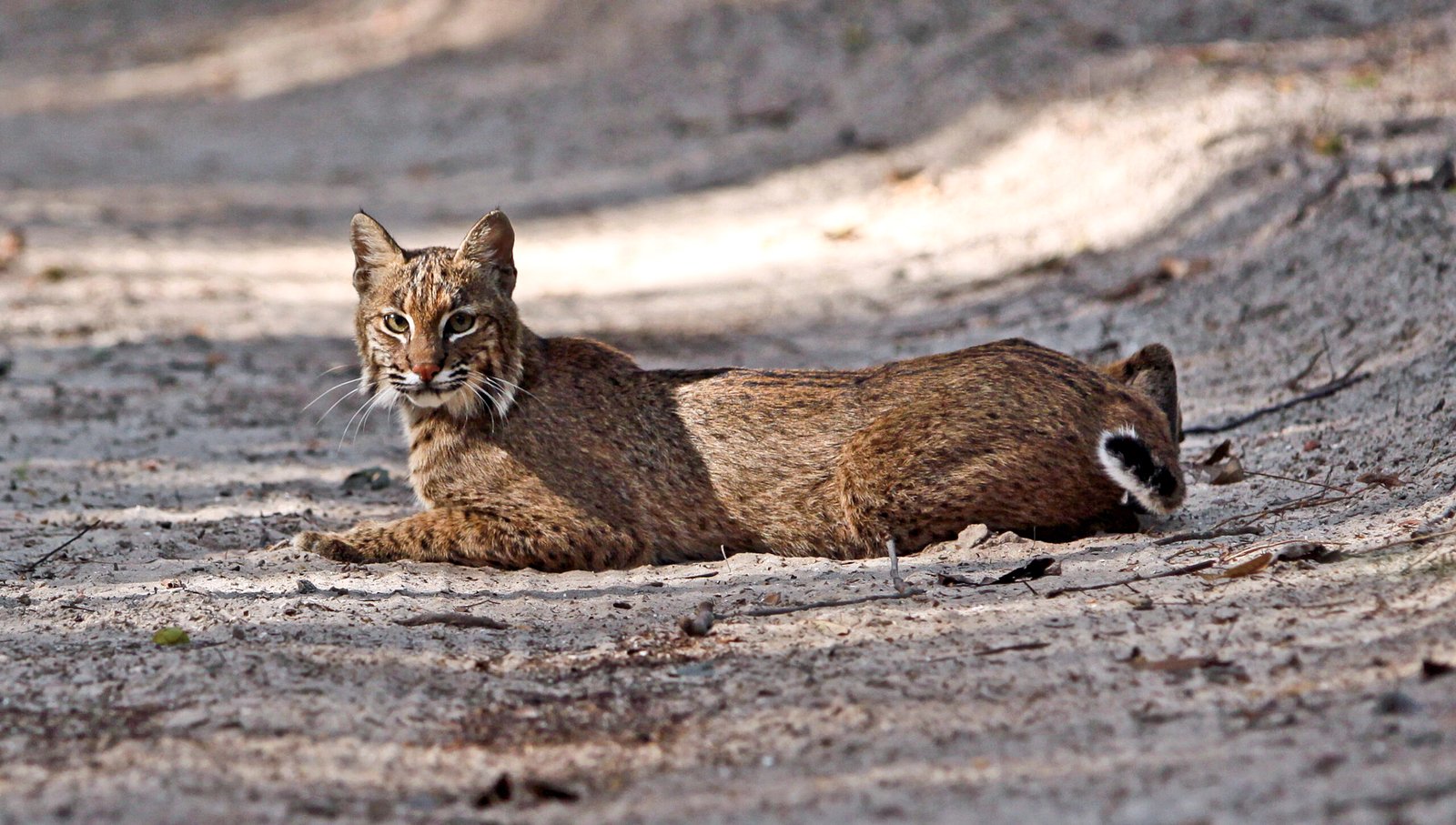
Hunting in a forest is nothing like stalking the open plain. Here, the prey could dart behind a bush or vanish up a tree in a heartbeat. The prehistoric cat became a master of ambush—the art of waiting, absolutely still, until the perfect moment. Every muscle had to stay quiet, every breath measured. It’s a lesson in patience, something cats have seemingly perfected. Modern cats often crouch and wiggle before pouncing, a shadow of these ancient tactics. In the dense woods, the element of surprise was everything. The cat’s success depended on knowing the terrain intimately, using every stump and stone for cover. The thrill of the hunt wasn’t about the chase, but about the moment of revelation when stillness erupted into action.
Camouflage: Nature’s Disguise

Forest life is a constant challenge for both predator and prey. To stay hidden, the prehistoric cat likely had fur marked with spots, stripes, or dapples. These patterns broke up its shape, letting it melt into the shadows and sunlight. Just as leopards and ocelots blend into their leafy homes today, this ancient cat’s coat made it nearly invisible to the casual observer. Even now, you might see a tabby cat vanish into a patch of sunlight and shade—nature’s camouflage in action. This ability to disappear was crucial for survival, helping the cat avoid larger predators and sneak up on nimble prey. It’s a beautiful reminder that appearance isn’t just about beauty—it’s often a matter of life and death in the wild.
Climbing with Confidence

In a world full of towering trees and tangled vines, climbing was a necessary skill. The prehistoric forest cat had sharp, curved claws and strong limbs, built for scrambling up trunks and leaping from branch to branch. This ability opened up an entire vertical world, where birds nested and small mammals hid. Climbing also offered safety—a quick escape route if danger lurked below. Even now, many cats will scale the nearest bookshelf or tree when startled, a flashback to their ancient instincts. For the forest cat, being able to climb meant more than just hunting; it was a way to explore, hide, and claim new territory. The forest wasn’t just the ground beneath its paws, but the whole layered world above it too.
The Quiet Communicator

Life in the forest meant that loud noises could attract unwanted attention—either from prey, or worse, from bigger predators. This cat learned to communicate in subtle ways. Body language, a slight flick of the ears, or a swish of the tail carried messages that only other cats would understand. Even today, felines are masters of the silent conversation. A blink, a crouch, a slow stretch—these are the echoes of ancient, wordless dialogues. The prehistoric cat didn’t need to roar to be heard. Its world was about reading the room, sensing moods, and keeping secrets safe. In the quiet hush of the woods, communication was more about feeling than sound. Watching cats today, you’ll notice how much is said without a single meow.
Territory: A Patchwork of Paths

For the prehistoric forest cat, home wasn’t an open range but a complex network of paths and clearings. Each cat carved out its own territory, marking it with scent and scratching posts. These boundaries were respected, but not always without conflict. The dense forest meant that territories could overlap in surprising ways, leading to tense standoffs or quiet coexistence. Even now, cats have a strong sense of “their place”—whether it’s a windowsill or a sunny spot on the floor. The ancient cat’s map of trails and hiding spots was passed down through generations, a living memory etched in the landscape. This love of territory, of having a “home base,” is something every cat owner recognizes, whether in the wild woods or the safety of a living room.
Prey of the Past
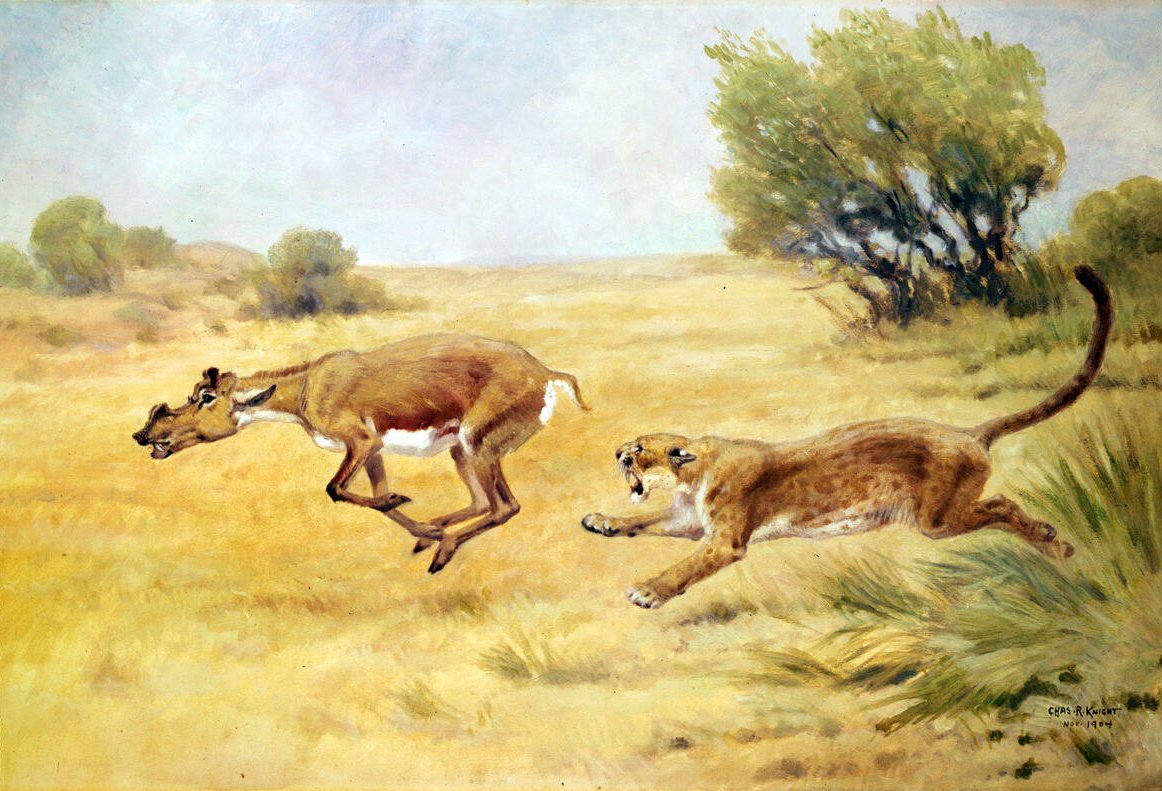
The forest was alive with creatures: birds, rodents, lizards, and insects. The prehistoric cat became an expert at hunting whatever the woods offered. Its diet was varied, changing with the seasons and the availability of food. Some days, it might catch a bird on the wing; other days, it would dig for a burrowing rodent. This adaptability was a key to survival. Even today’s cats are flexible eaters, happily switching between different kinds of prey or food. The forest cat’s hunting skills were shaped by constant change and challenge. This resourcefulness, the ability to find a meal in any circumstance, is something that’s helped cats thrive in every corner of the world—even in our homes.
Scent: The Invisible Guide
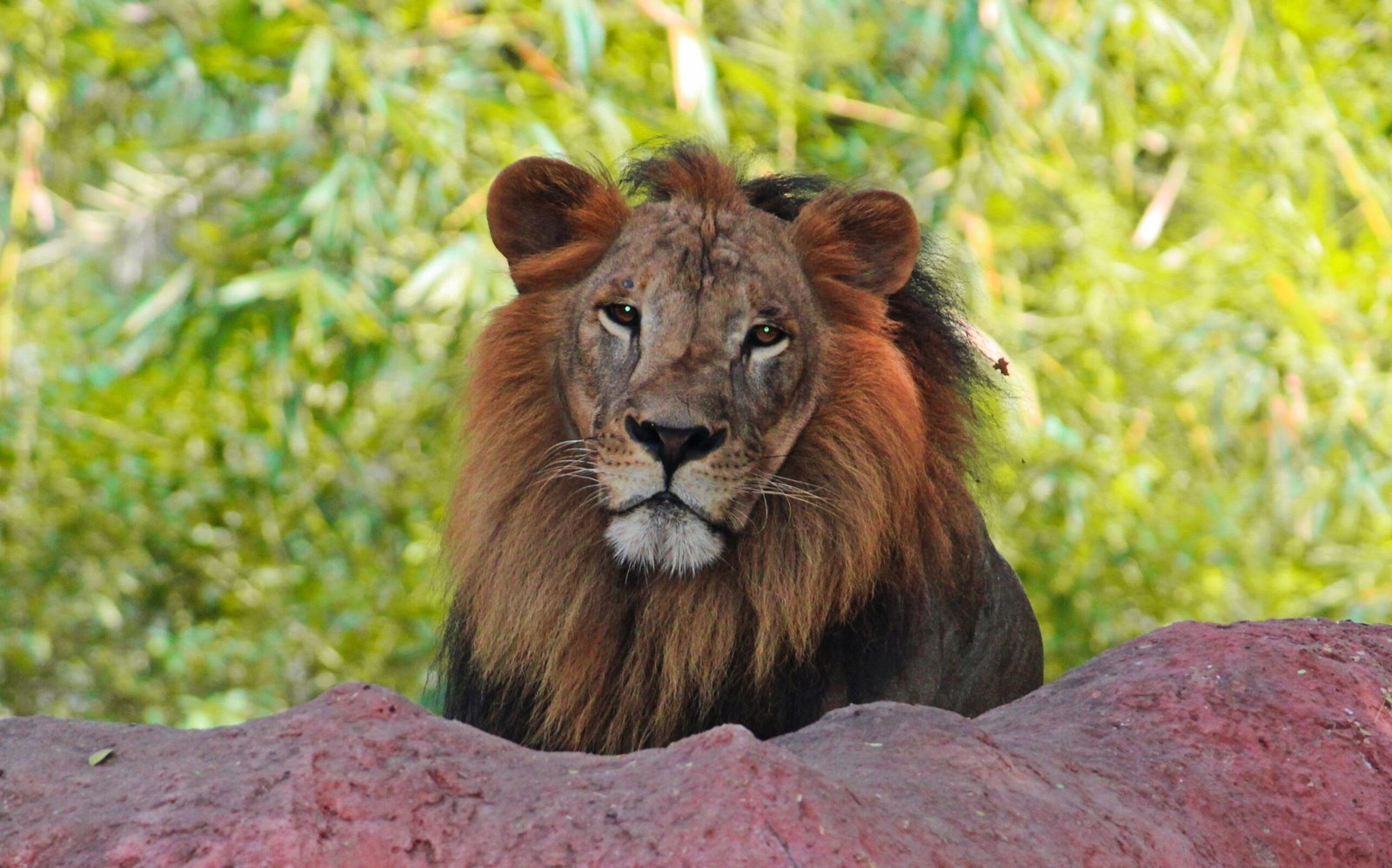
In a world where sight was sometimes blocked by leaves and darkness, scent became a powerful tool. The prehistoric forest cat’s sense of smell was finely tuned, letting it track prey, avoid rivals, and find safe paths. Scent marked territory and signaled readiness to mate. Even now, cats use scent to explore their world, rubbing their faces on furniture or sniffing the air with delicate concentration. This invisible world of smells was a constant map, telling the cat where to go, where to hide, and where to hunt. In the dense forest, scent was as important as sight or sound. It’s fascinating to think about how much of a cat’s world is shaped by what we can’t even see or smell at all.
Solitude and Survival

Unlike lions, who band together in prides, the forest cat was a solitary creature. Living alone meant there was less competition for food and fewer risks of attracting attention. Solitude also demanded self-reliance—every hunt, every escape, every decision was made alone. This independence is still a hallmark of cats today. They may cuddle with us on the couch, but there’s a core of wild independence in every feline heart. The prehistoric cat’s solitary life was both a challenge and a strength, teaching it to trust its instincts and rely on its own wits. Watching a cat nap alone in a sunny spot, you can almost glimpse the ghost of its ancient ancestor, content in its own company.
Motherhood in the Shadows

Raising kittens in the forest was a delicate dance. The mother cat had to find safe, hidden dens—hollow logs, dense thickets, or abandoned burrows—to protect her young from predators. She would move her kittens if she sensed danger, carrying them gently by the scruff. Motherhood demanded patience, courage, and fierce love. The bond between mother and kittens was private and strong, built on trust and quiet care. Even today, a mother cat’s devotion is legendary—she’ll defend her young against all odds. The challenges of forest life shaped the way feline mothers nurture and protect. Each new generation learned survival from the very beginning, in the safety of the shadows.
Weathering the Seasons
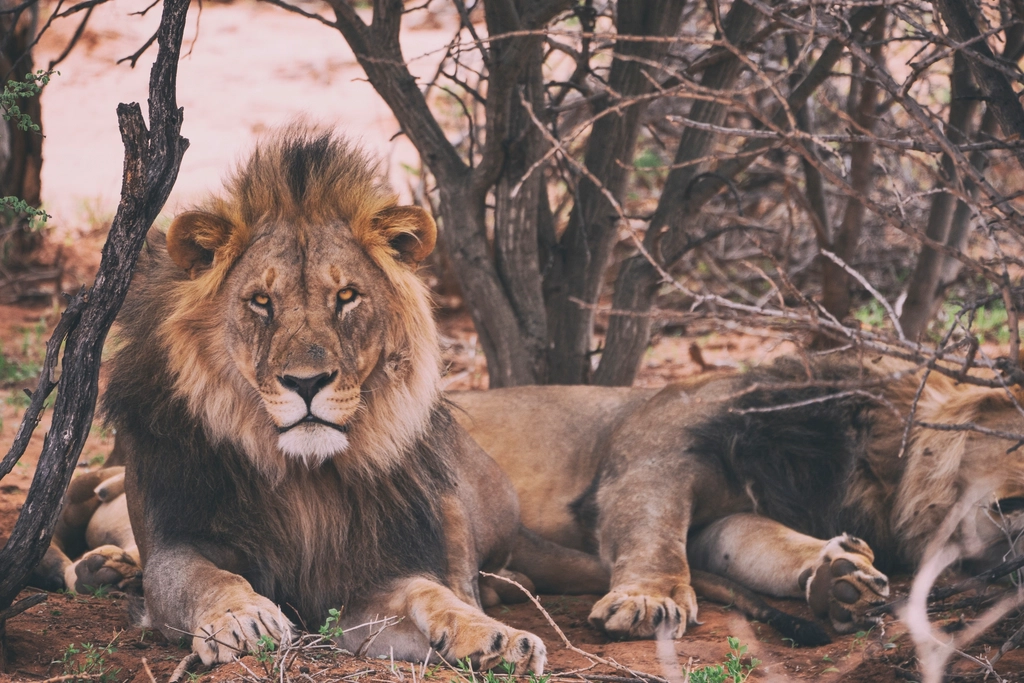
Forest life meant constant change. Rainstorms turned the ground to mud, cold snaps brought biting winds, and summer heat could be stifling under the canopy. The prehistoric cat was a master of adaptation, changing its habits with the weather. In the cold, it found sheltered spots and grew thicker fur. During storms, it hunkered down in dry hollows, waiting for calm. This resilience is still part of the feline spirit today. Cats are experts at finding comfort, whether it’s curling up by a heater or sprawling in a sunbeam. The ability to weather life’s ups and downs, to find small joys in tough times, is something we can all admire—and maybe even learn from.
Ancient Rivals and Threats

The prehistoric forest wasn’t a safe place. There were larger predators—bears, saber-toothed cats, even giant birds of prey. Competition for food was fierce, and danger could come from above or below. The forest cat had to be wary, clever, and always alert. Its small size and stealth helped it avoid becoming a meal for something bigger. To survive, it blended in, kept quiet, and moved quickly when needed. Even today, cats are easily startled—always ready to dart away at the slightest hint of danger. This instinct to watch, wait, and react in a split second is a gift of survival passed down through ages of close calls and narrow escapes.
Adapting Across Continents

As forests grew and shrank across the ancient world, these cats traveled and adapted to new environments. Some forests were cool and misty, others hot and tangled. The prehistoric cat’s flexibility let it thrive in many places, giving rise to new species over time. Some descendants stayed in the woods, while others ventured out as prairies appeared. This willingness to change is a big reason cats are found everywhere today—from Arctic tundra to city rooftops. Each adaptation told a story of trial, error, and ultimate success. The journey from forest hunter to beloved house cat is a testament to the feline ability to fit in almost anywhere, while still keeping that spark of wildness alive.
Mystery in the Fossil Record

Piecing together the life of the prehistoric forest cat isn’t easy. Fossils are rare, and forests don’t preserve bones as well as open plains. Paleontologists work like detectives, finding clues in teeth, claws, and cave paintings. Every new discovery adds a brushstroke to the picture, but much remains hidden. This mystery is part of the magic—reminding us that nature still holds secrets, even after millions of years. Sometimes, a single tooth can rewrite what we know about ancient cats. The search is ongoing, driven by curiosity and the hope of seeing the full story one day. For now, the prehistoric forest cat keeps some of its secrets, waiting in the shadows of time.
Lessons from the Forest

The forest cat’s story is more than just ancient history. It’s a lesson in resilience, adaptability, and the quiet power of blending in. These cats survived in a tough world by being flexible, patient, and fiercely independent. They remind us that strength doesn’t always roar—it can also creep, climb, and wait for the perfect moment. Even the smallest cat today carries the wisdom of those wild ancestors. In a world that often rewards the loudest or fastest, the prehistoric cat shows us the value of subtlety and stealth. Maybe that’s why we find cats so captivating—they’re full of secrets, both old and new.
Modern Echoes in House Cats

It’s astonishing how many traits from the prehistoric forest cat live on in our pets. The way they stalk toys, hide in boxes, or nap in high places—these are echoes of ancient behaviors. Even if your cat has never seen a forest, it still acts like a hunter in the shadows. The desire to explore, the sudden bursts of energy, and the love of quiet all trace back to those woodland ancestors. Watching a cat play is like seeing a tiny drama from the distant past. It connects us, in a strange and delightful way, to a world most of us have never seen. Our homes are their forests now, but the wildness remains, just beneath the surface.
Feline Conservation Today
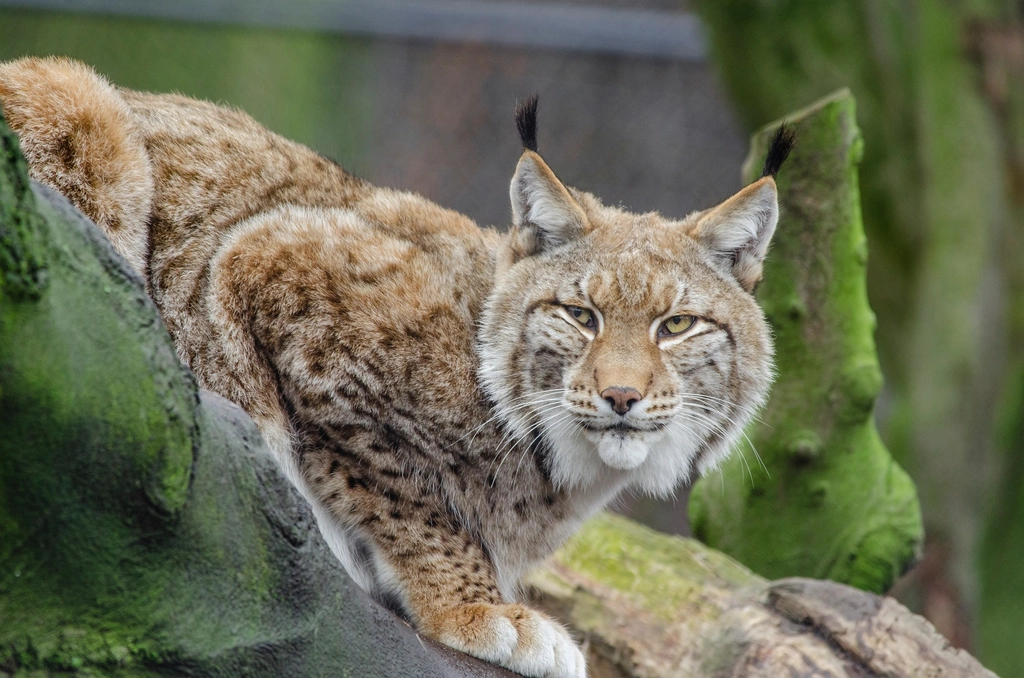
Many modern wild cats still rely on forests to survive. Sadly, their habitats are shrinking due to logging, farming, and development. Conservationists work tirelessly to protect these spaces, knowing that every lost forest is a lost home for countless creatures. The story of the prehistoric cat reminds us how important these habitats are—not just for cats, but for entire ecosystems. Protecting forests means preserving the past and the future. When we save a patch of woods, we’re guarding the legacy of millions of years of evolution. It’s a responsibility and an honor, one that connects us to the ancient world and to the wild spirit of all cats.
Why We’re Drawn to Felines
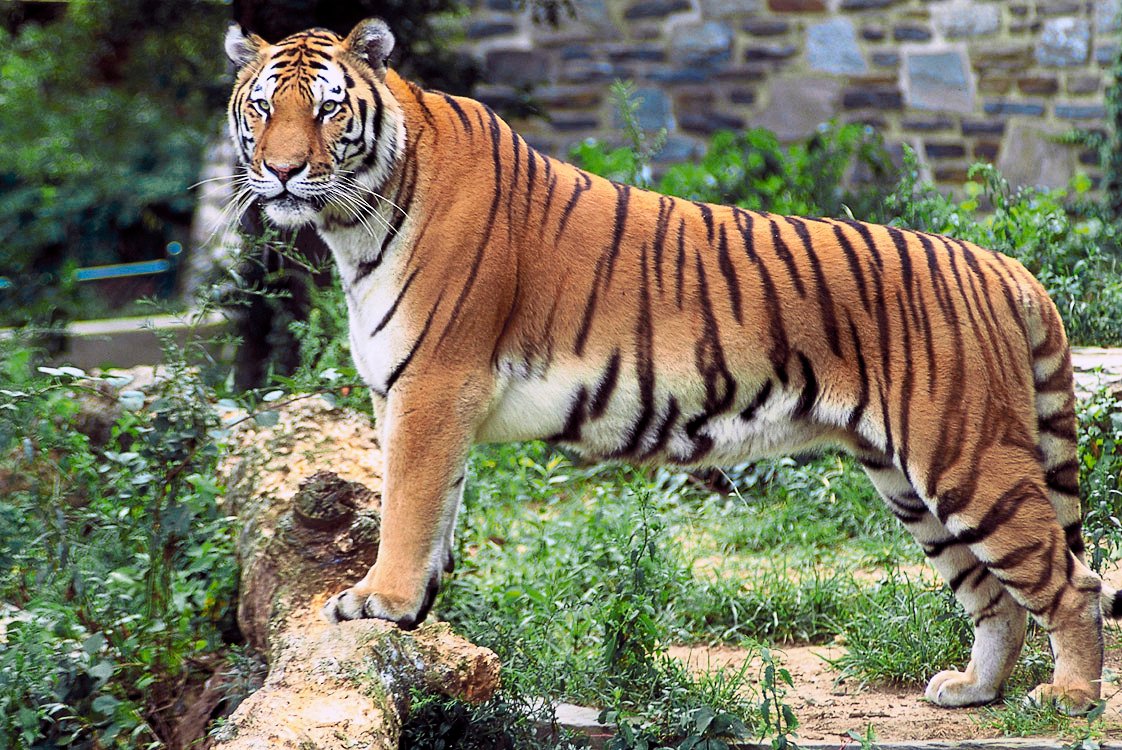
There’s something about cats that tugs at the heart—a mix of mystery, independence, and grace. Even people who don’t consider themselves “cat people” often find themselves fascinated by their poise and unpredictability. The prehistoric forest cat is part of that allure, its story woven into every purr and playful leap. We admire their ability to move between worlds—wild and domestic, seen and unseen. Cats remind us that beauty can be quiet, strength can be subtle, and the wild is never far away. Maybe we’re drawn to them because, deep down, we all long for a little bit of the forest in our lives—a place to hide, explore, and dream.
Evolution’s Gentle Hand
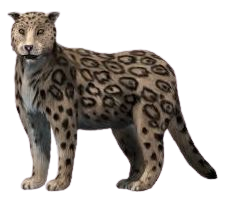
The prehistoric forest cat is a living reminder of how evolution works—not in sudden leaps, but in small, careful changes. Each adaptation, from silent paws to sharp eyes, was shaped by the demands of the forest. Over generations, tiny shifts became major strengths. This patient, gentle process is what gave us the cats we know today. It’s easy to forget how much time and trial goes into even the simplest trait. When you watch a cat stretch or yawn, you’re seeing the result of millions of years of careful refinement. Nature’s hand is steady and kind, crafting creatures that fit their world perfectly—until the world changes, and the process begins again.
Feline Intelligence at Work

Surviving in a complex forest isn’t just about muscle—it takes brains. The prehistoric cat was clever, learning how to read its environment, solve problems, and outsmart both prey and rivals. This intelligence is still evident in cats today. They open doors, figure out puzzles, and remember the quickest escape routes. A cat’s curiosity and quick thinking are the legacies of ancestors who had to adapt every day. Intelligence helped them thrive in a world full of surprises and danger. It’s a humbling thought: every playful pounce or curious sniff is a tiny celebration of the wit that kept their kind alive through the ages.
The Enduring Mystery

Even after all we’ve learned, cats keep their secrets. The prehistoric forest cat, like its descendants, remains partly a mystery. Maybe that’s part of the magic—knowing that no matter how much we study or observe, there will always be something hidden, something just out of reach. Cats invite us to wonder, to imagine, and to respect the unknown. Their mysteries are a gift, a reminder that not everything needs to be explained. Sometimes, it’s enough to sit quietly and watch, letting the shadows tell their own story. The ancient forest cat is gone, but its spirit lingers—in the rustle of leaves, in a silent pawstep, in the glint of a watchful eye.
Conclusion
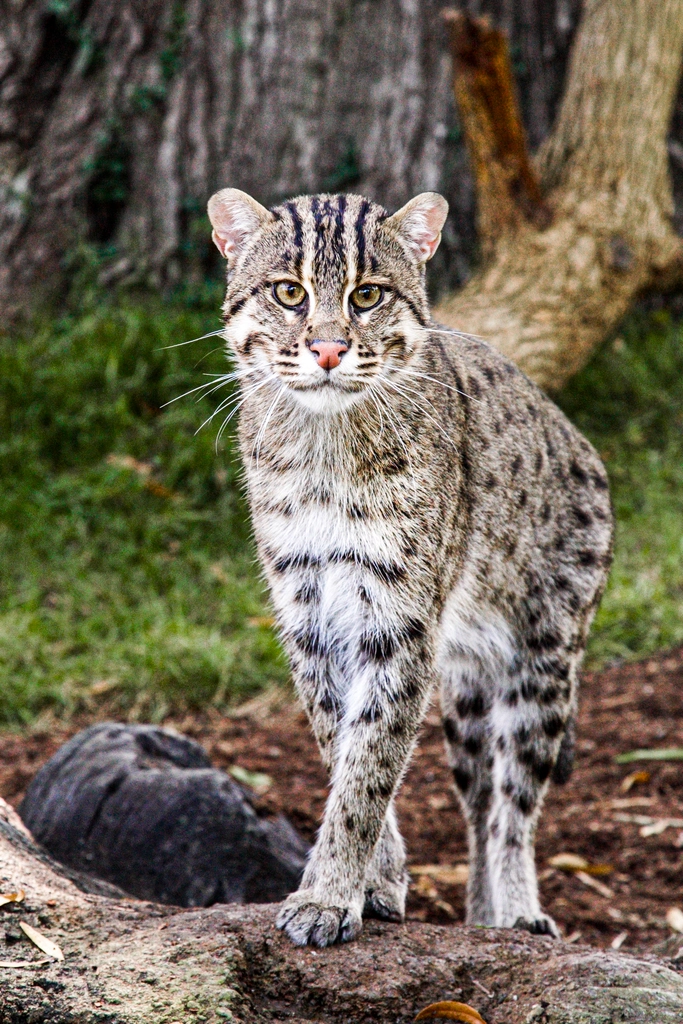
Felines have always moved between worlds—wild and tame, shadow and sunlight, past and present. The story of the prehistoric forest cat is a testament to resilience, adaptation, and quiet strength. Its legacy lives on in every cat we know, shaping how they move, hunt, and dream. When we marvel at their grace or smile at their antics, we’re connecting to a history as deep as the oldest woods. Cats remind us to celebrate the hidden wonders of the world, to honor the spaces where magic still lingers. The next time you watch your cat slip into a patch of sunlight, ask yourself: what secrets might they still be carrying from the forests of long ago?

Suhail Ahmed is a passionate digital professional and nature enthusiast with over 8 years of experience in content strategy, SEO, web development, and digital operations. Alongside his freelance journey, Suhail actively contributes to nature and wildlife platforms like Feline Fam, where he channels his curiosity for the Feline into engaging, educational storytelling.
With a strong background in managing digital ecosystems — from ecommerce stores and WordPress websites to social media and automation — Suhail merges technical precision with creative insight. His content reflects a rare balance: SEO-friendly yet deeply human, data-informed yet emotionally resonant.
Driven by a love for discovery and storytelling, Suhail believes in using digital platforms to amplify causes that matter — especially those protecting Earth’s biodiversity and inspiring sustainable living. Whether he’s managing online projects or crafting wildlife content, his goal remains the same: to inform, inspire, and leave a positive digital footprint.



